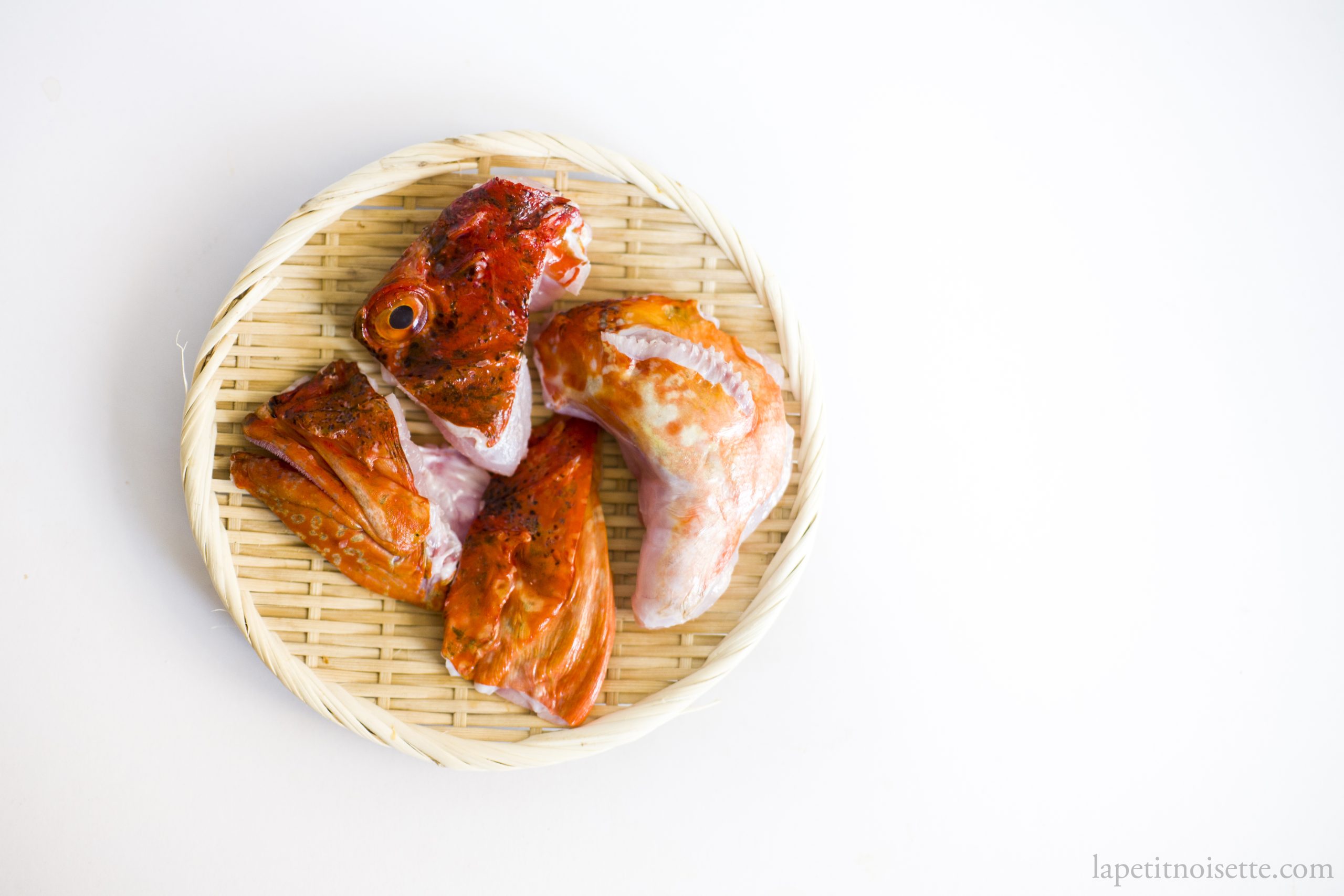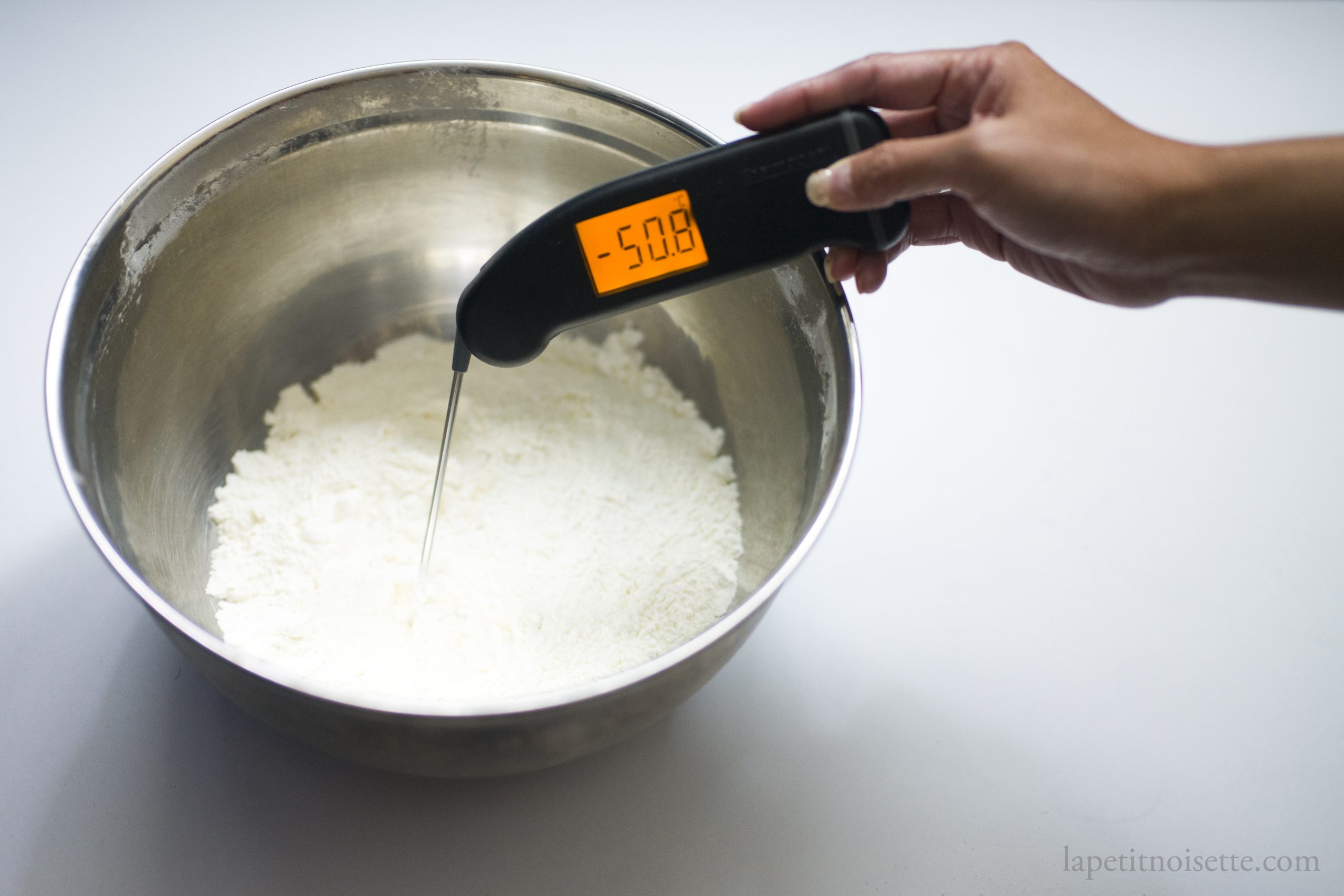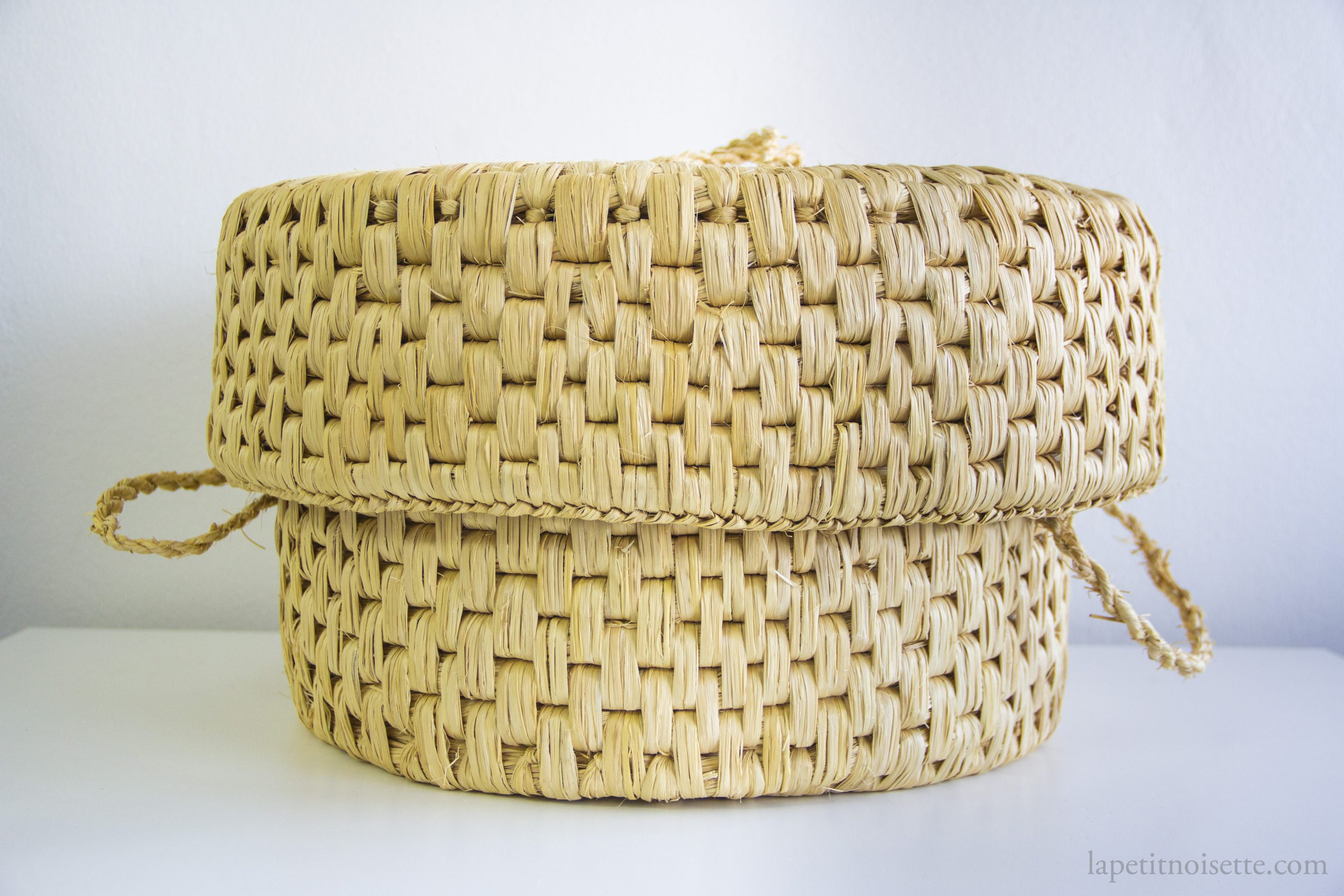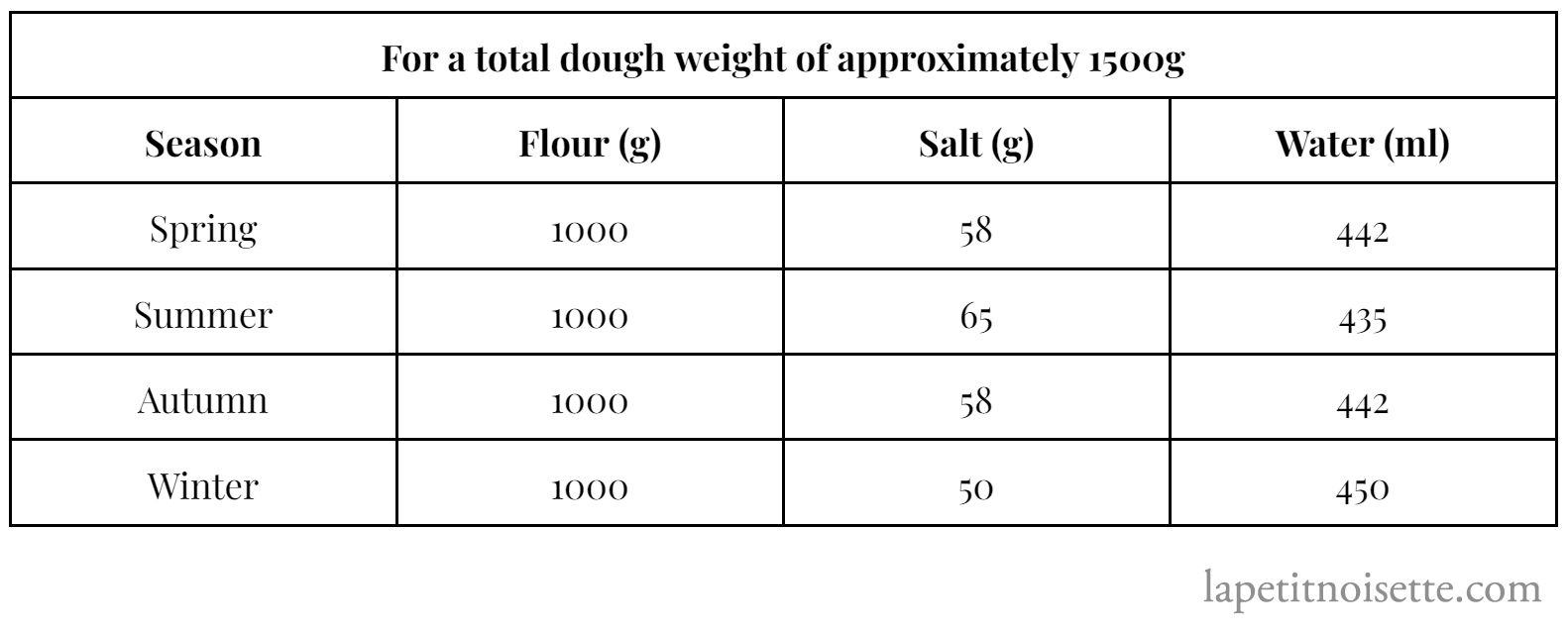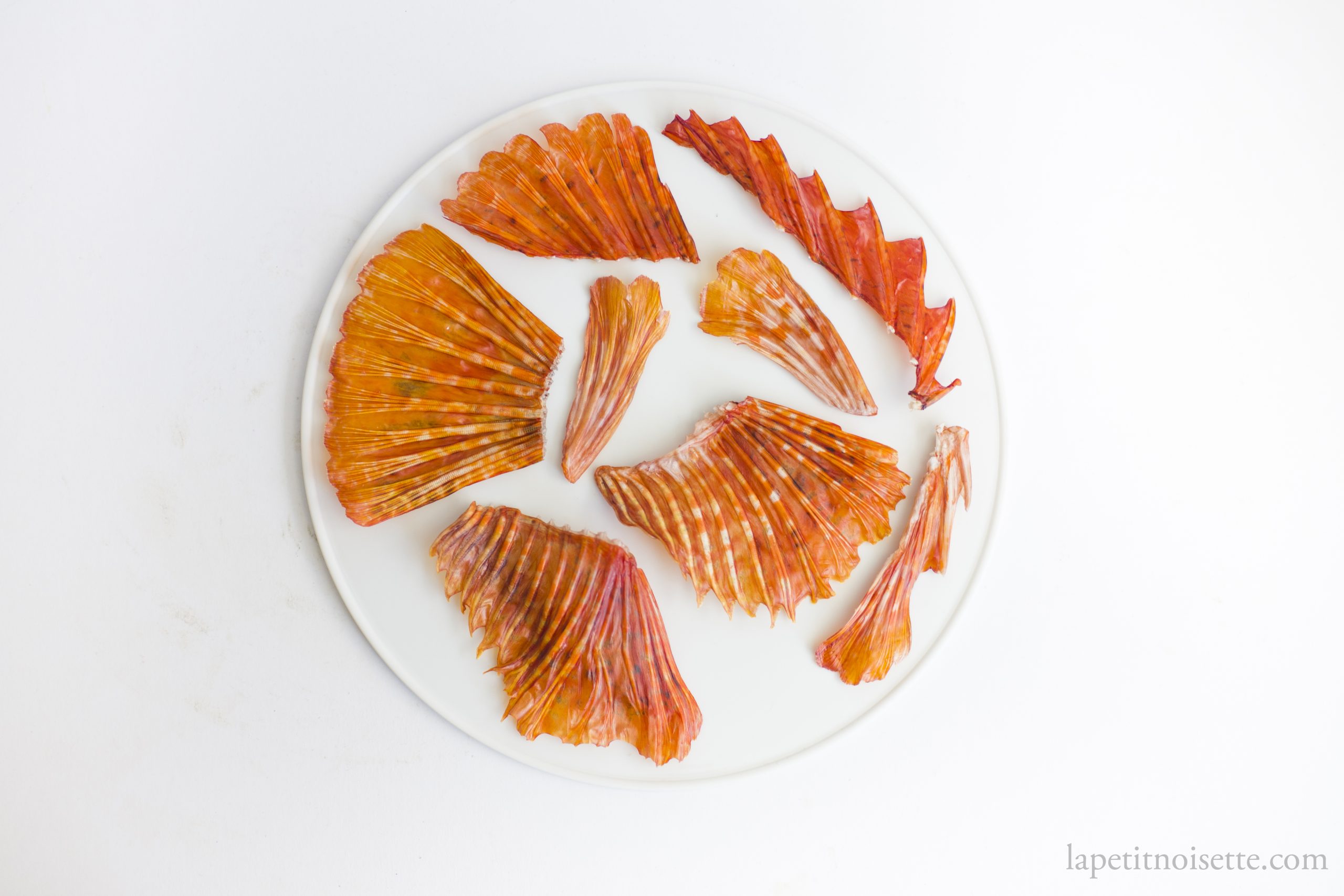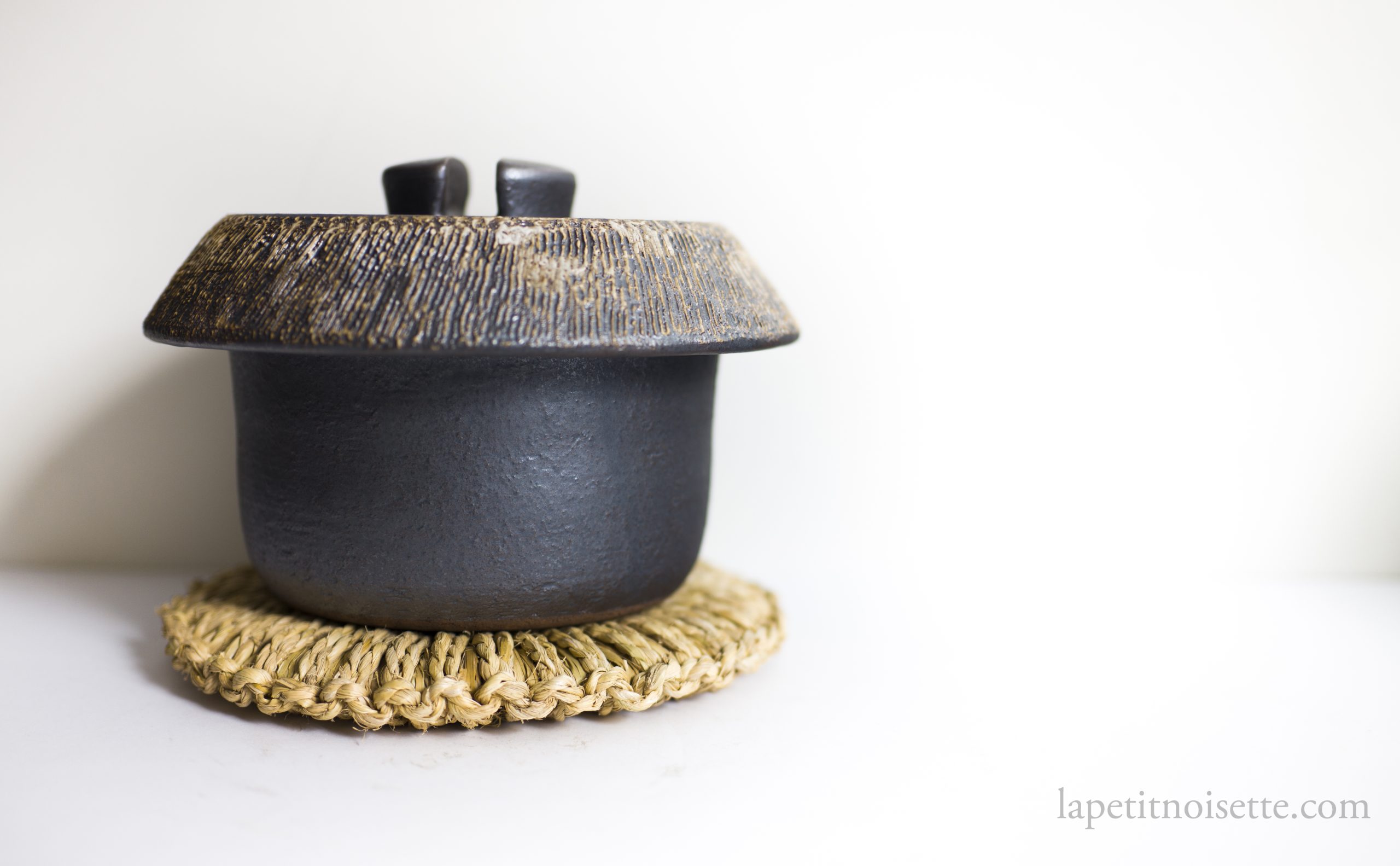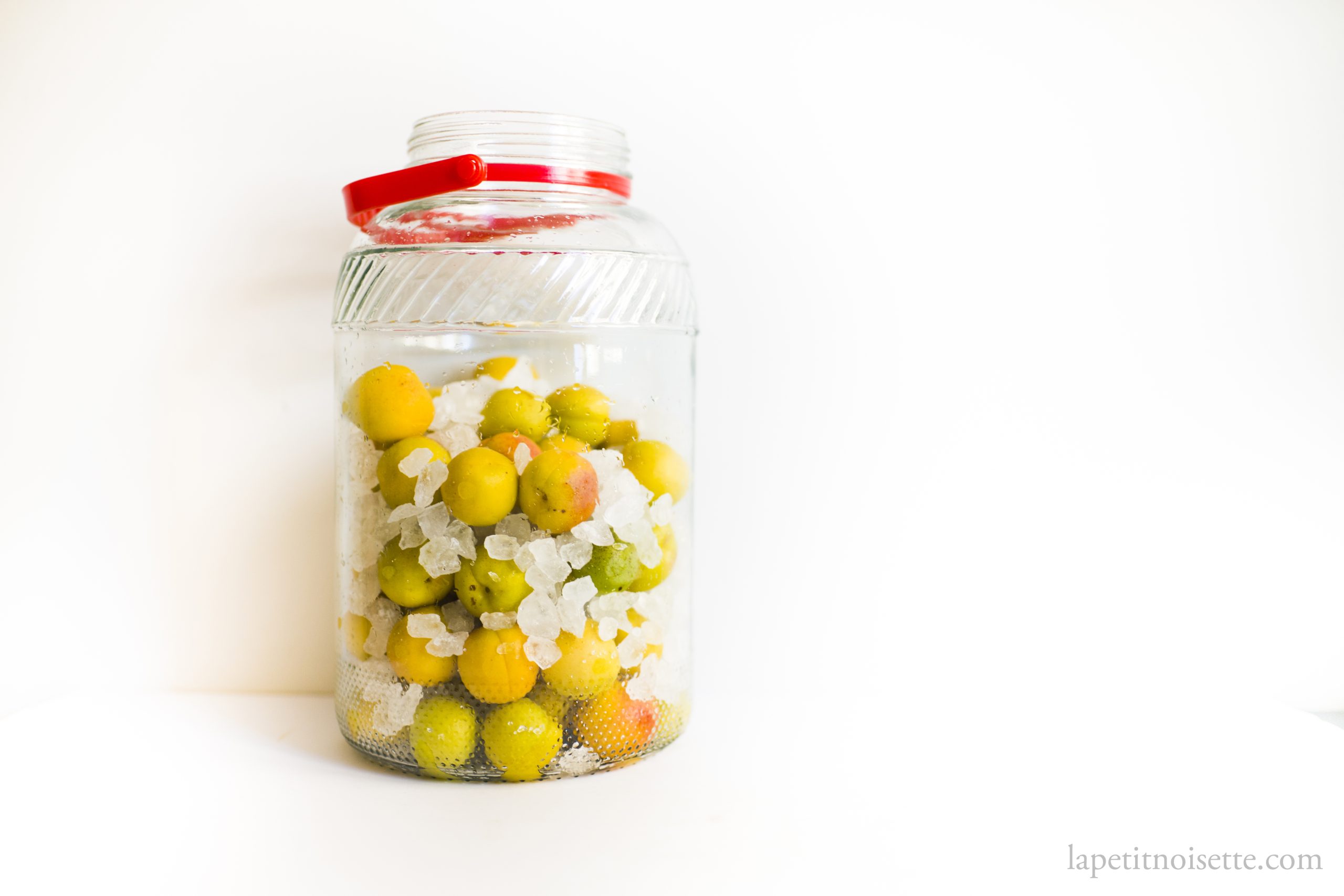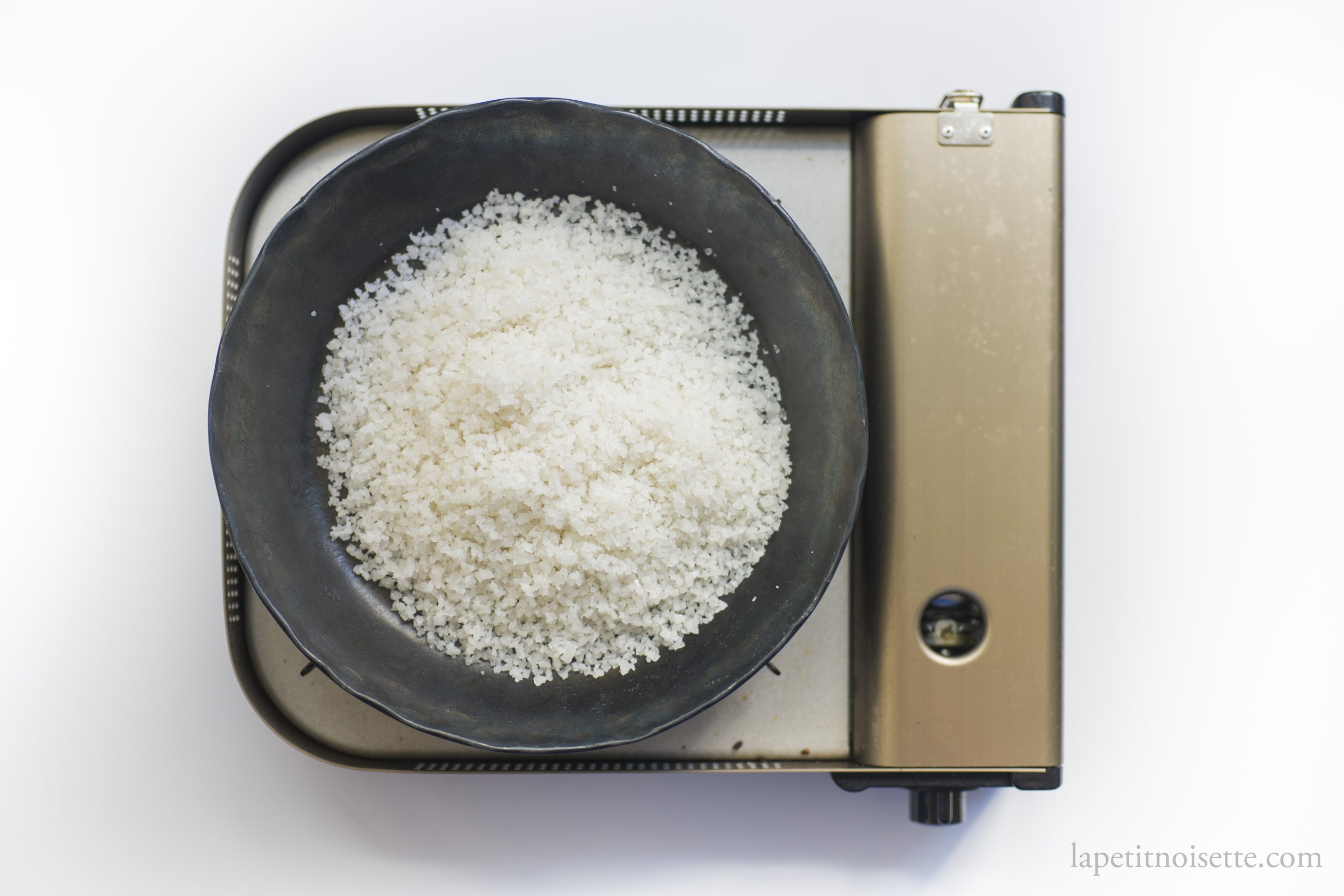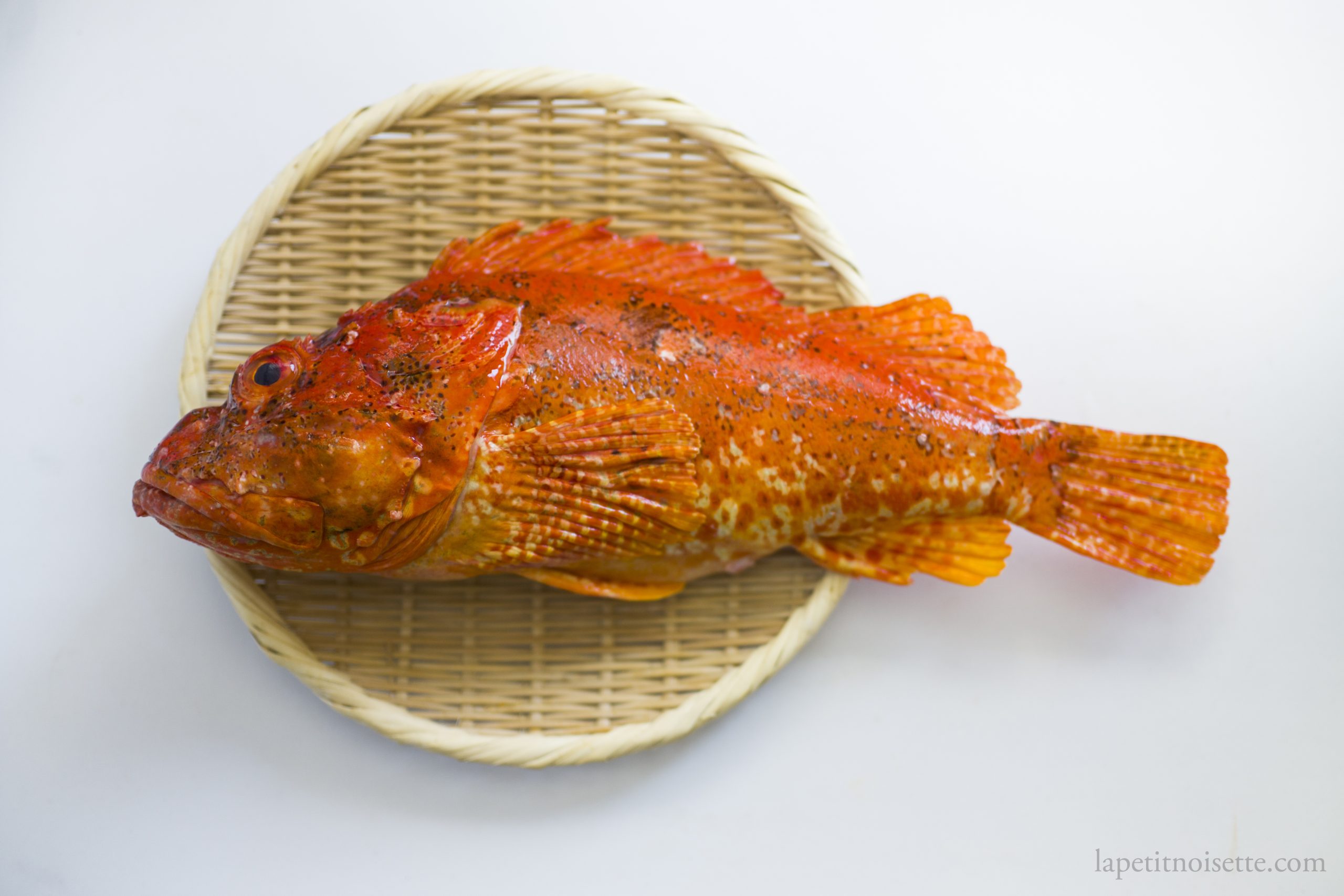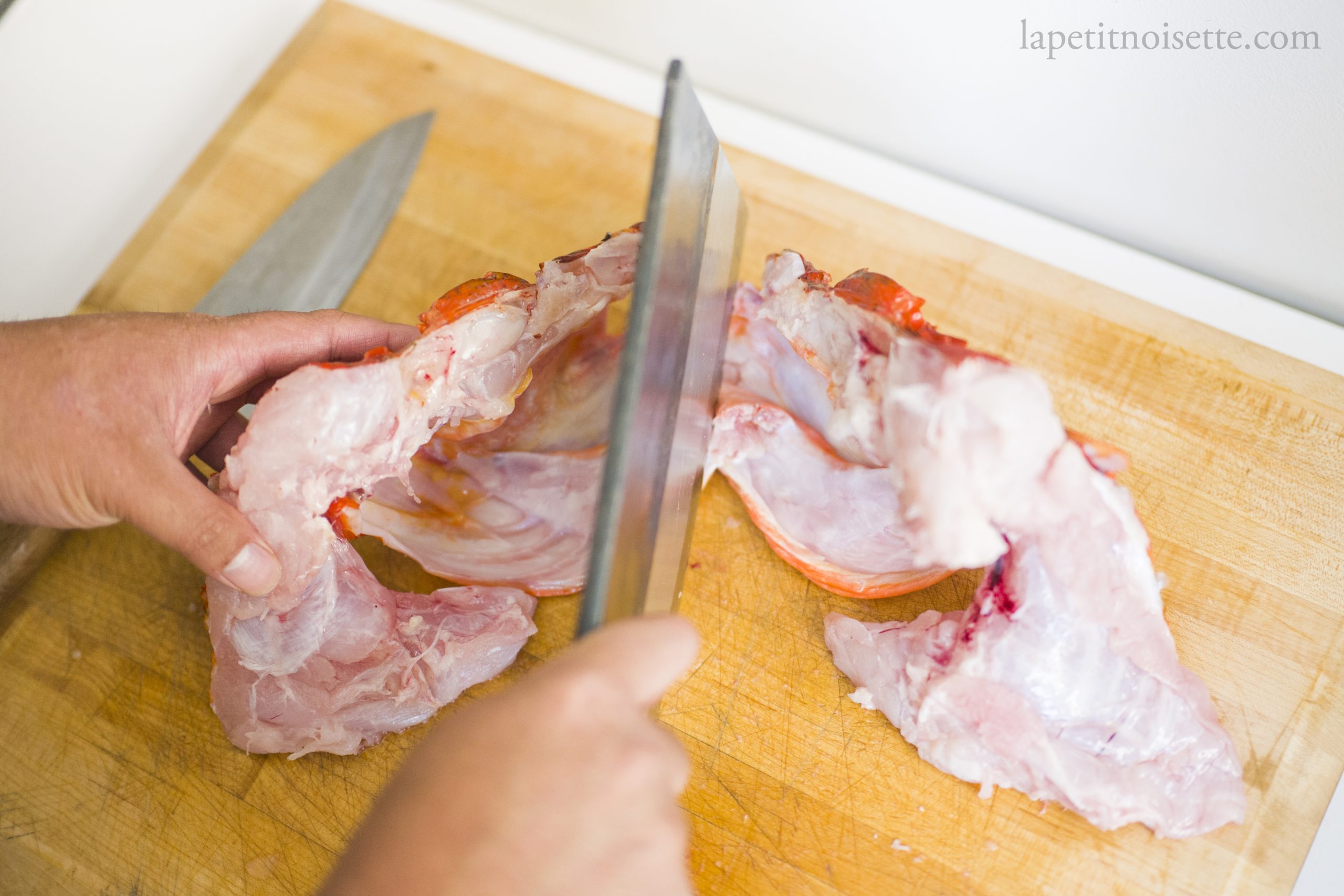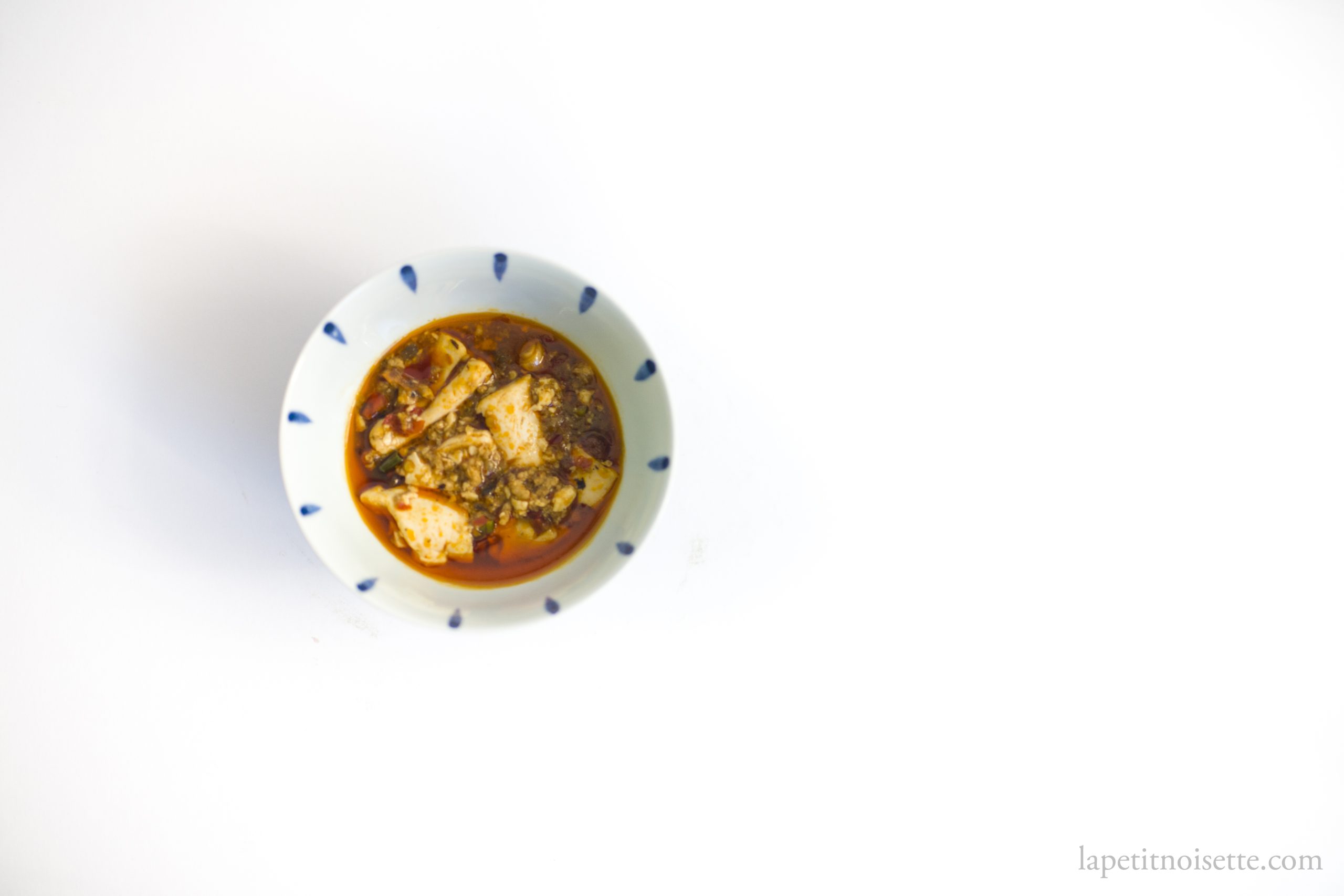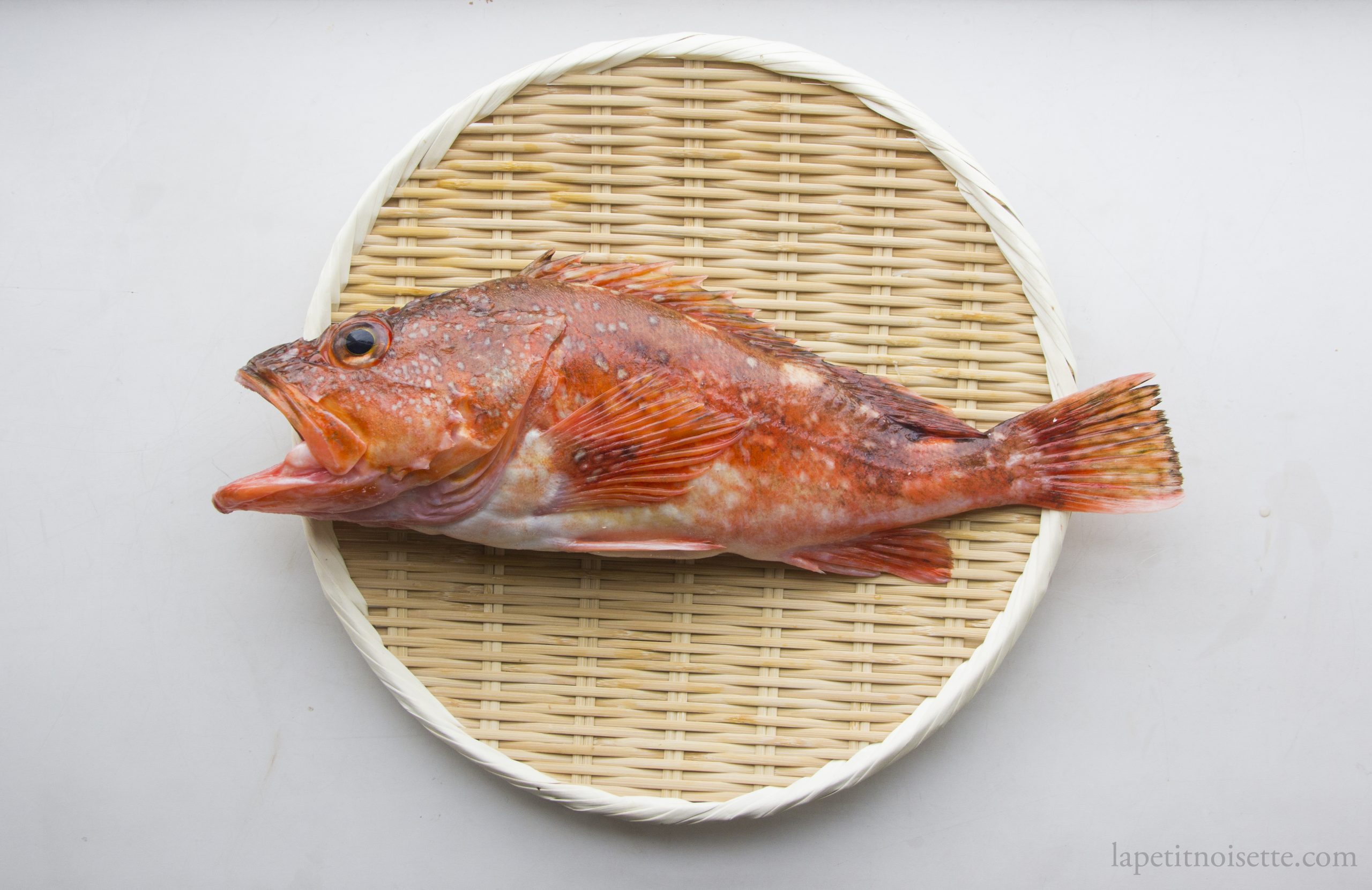Learn the traditional Japanese technique of kabuto-wari for splitting fish heads cleanly in half and further into small pieces, essential for various dishes.
Tempura Niitome’s Recipe and -60°C Tempura Batter
Tempura Niitome’s secret: -60°C flour for crispy tempura. Flour dehydration, batter ratios, and key ingredients explored. Expert insights unveiled.
What is a Warabitsu
Warabitsu: Traditional Japanese straw basket in sushi restaurants keeps rice warm. Craftsmanship, maintenance, and pest control explained.
The Science Behind Udon Noodles
Explore the science behind perfect udon noodles: from gluten formation to hydration ratios. Unveil the secrets to ideal udon crafting.
Onikasago Hirezake Recipe
Explore the rich tradition of Onikasago Hirezake, a classic Japanese digestif crafted by steeping dried fish fins in hot sake.
Anraku Kiln’s Donabe Review
Anraku Kiln crafts innovative clay pots using clay and petalite from Gifu Prefecture, trusted by top chefs despite controversial methods.
Can You Make Umeshu From Apricots?
Learn how to create umeshu, or Japanese plum wine, using green unripe apricots as a substitute for Japanese plums.
How To Dry Salt For Making Sushi
How to dry salt for making sushi: Learn the traditional method of drying sea salt over a flame for optimal salting effect in sushi preparation.
How to fillet Japanese Scorpionfish (Kasago)
How to fillet Japanese Scorpionfish: Learn the art of filleting Onikasago with this detailed guide from The Japanese Food Lab.
Silkworm Tsukudani Recipe
Silkworm Tsukudani: Japanese delicacy made by simmering silkworm pupae in soy sauce, sugar, and sake until glazed.
Shirako Mapo Tofu Recipe
Shirako Mapo Tofu: Japanese twist on the classic Sichuan dish, featuring fish milt as an additional ingredient.
What is the difference between Kasago and Onikasago?
Distinguish Kasago from Onikasago: Kasago is a value fish for soups, while Onikasago is a sought-after luxury fish with rich flavor.
